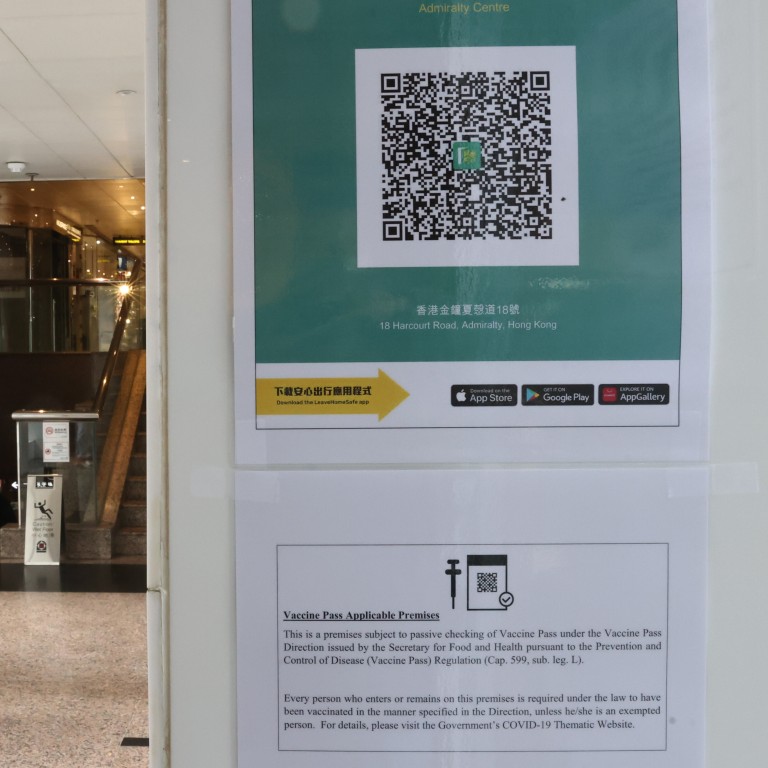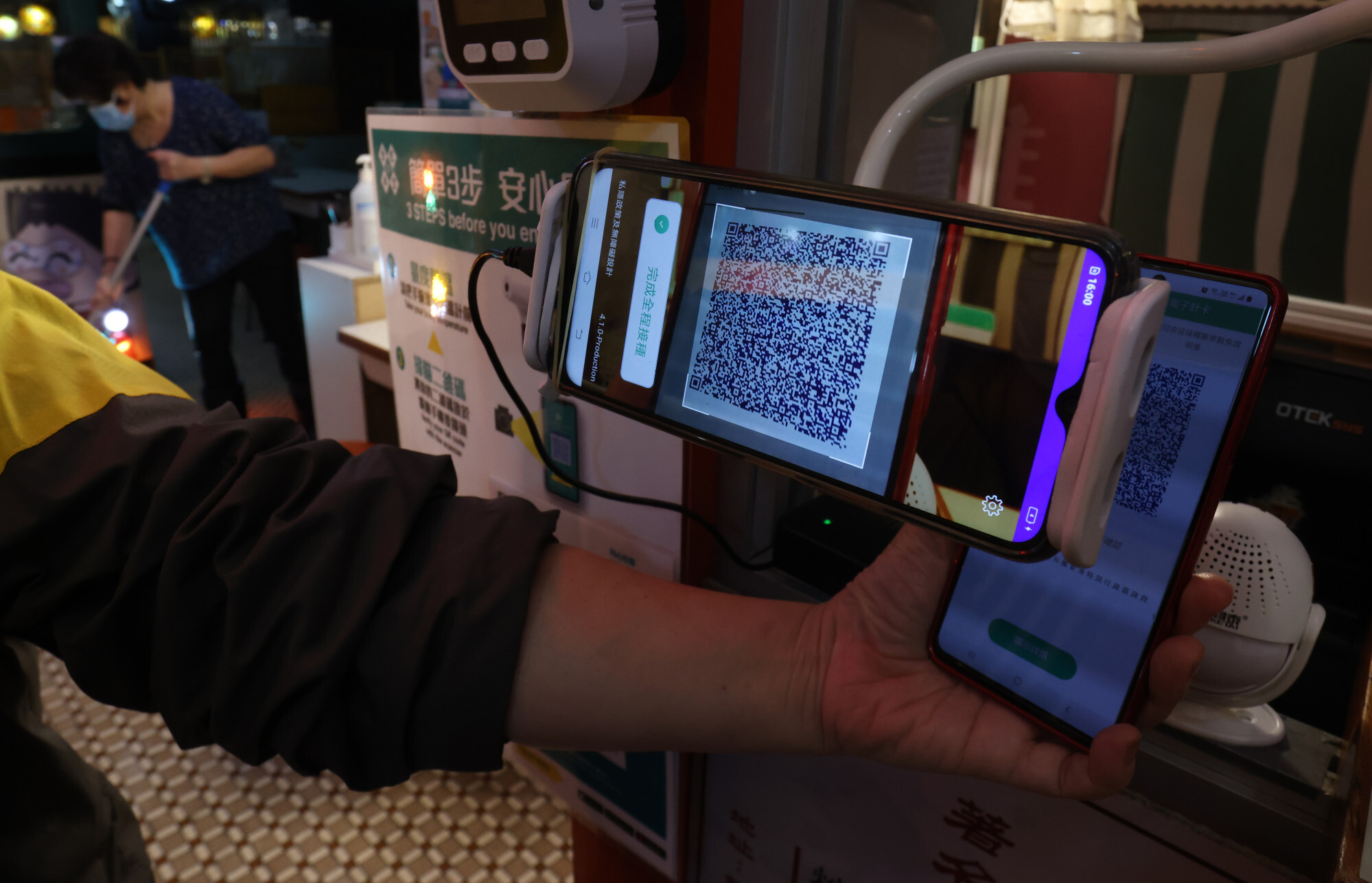
Coronavirus: Hong Kong experts say ‘little point’ in using ‘Leave Home Safe’ app for contact-tracing efforts amid Omicron surge
- App has stopped sending notifications to residents who have visited premises with confirmed Covid-19 cases, such as restaurants
- Francis Fong Po-kiu, honorary president of the Hong Kong Information Technology Federation, says city had to rework its contact-tracing strategies
The risk-exposure app has stopped sending notifications to residents who have visited any of the premises with confirmed Covid-19 cases covered under the programme, such as restaurants.
“Previously, restaurants were listed under compulsory testing notices, but now cases are found all over the territory,” said Dr Albert Au Ka-wing, principal medical and health officer at the Centre for Health Protection, at a press conference on Sunday.
“That’s why there are temporarily no notifications from the app.”
Au added there was “no such thing as a safe premises” in the city, and reiterated that residents should still undergo a rapid antigen test if they developed any symptoms, even if they had not received a notification from the app.

Monday’s record-breaking 34,466 cases took the overall number of infections to 205,780, with just four of the latest cases imported.
The “Leave Home Safe” app, launched in November 2020, was designed to alert users who have visited places where they may have been exposed to the coronavirus. The government said the contact-tracing tool had been downloaded 7.5 million times since its launch.
Under the app, patrons are required to scan a QR code on arrival, creating a log of places they have visited without personal data being collected, or having their movements tracked in real time.
Respiratory expert Dr Leung Chi-chiu said there is “little point” in using the app purely for contact-tracing purposes at the moment.
“At this moment … there is little point in using it for contact tracing any more, but I believe the government does not want to interrupt the system and hope [this issue] is only temporary,” Leung said.
Hong Kong set to report more than 34,000 Covid cases, citywide lockdown possible
Francis Fong Po-kiu, honorary president of the Hong Kong Information Technology Federation, said the city had to rework its contact-tracing strategies to keep up with the rising case numbers.
“There were more than 20,000 cases on Sunday. If every case is traced to at least 10 other sources, there may be 200,000 to 300,000 traces to look at every day. I believe the Department of Health is overloaded,” Fong said.
“If they are overloaded, then no one can do anything and part of the system is not functioning for contact tracing.”
Fong’s comments stood in contrast with those of Secretary for Innovation and Technology Alfred Sit Wing-hang’s statements, who said the vaccine pass scheme would assist with tracing close contacts of Covid-19 patients.
Vaccine pass ‘already hurting business at struggling Hong Kong restaurants’
Under the scheme, which is aimed at persuading unvaccinated residents to get inoculated, only residents who are vaccinated or have a medical exemption are allowed into government premises and 23 other types of places, including restaurants, shopping centres, wet markets and supermarkets. Use of the risk-exposure app is also required for entry to these premises.
But despite its limitations, Leung said the app would still be useful in encouraging residents to get jabbed due to the vaccine pass scheme, and scanned data could still be used to facilitate contact tracing at a later time if necessary.

